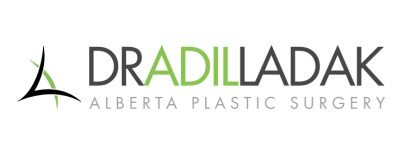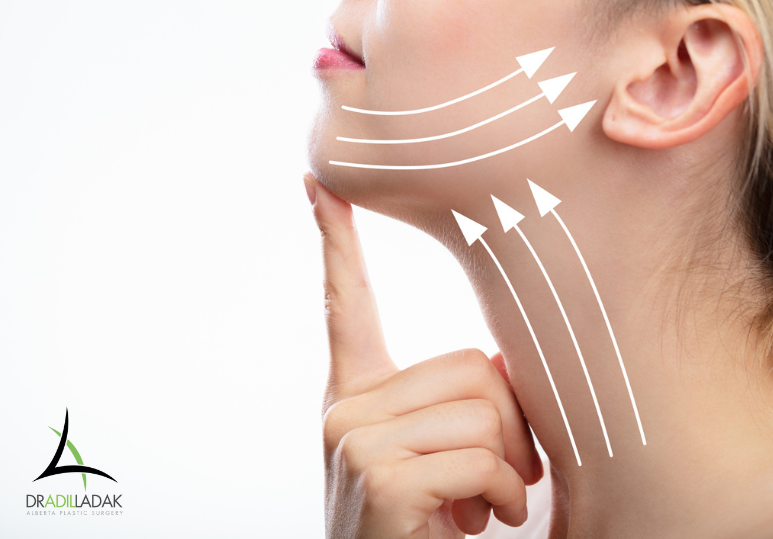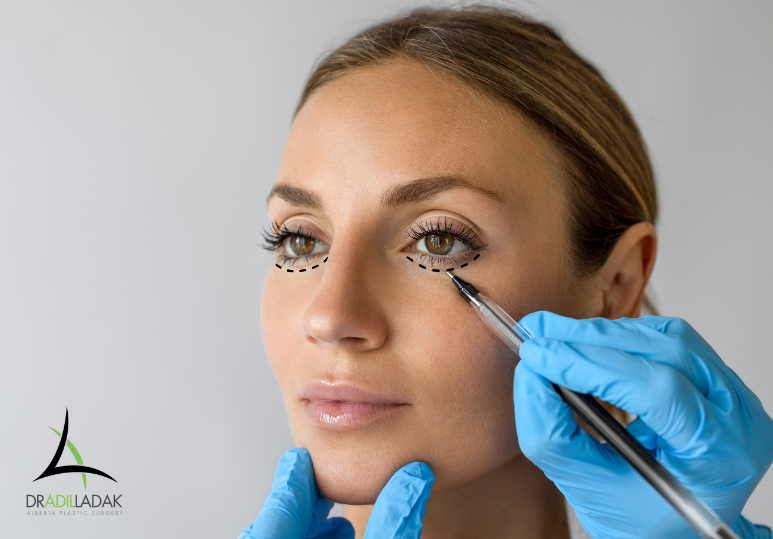What Is Breast Reduction Surgery?
Breast reduction surgery, also known as reduction mammoplasty, is a surgical procedure involving the removal of excess skin, fat, and breast tissue to refine the size and shape, and lift your breast profile. This procedure also includes repositioning your nipples and reshaping your areola. You will notice dramatic results immediately following surgery, but it can take some time to recover. Here is what you can expect as you heal.
The Day Of Your Surgery
Breast reduction surgery is performed under general anaesthetic. Immediately following surgery you may experience some of the effects of sedation such as grogginess, nausea, and headache. You will remain at our clinic for a couple of hours, but then you can be released to continue your recovery in the comfort of your home. You will require someone to drive you home and assist you for the first couple of days as you recover. Your surgeon will provide detailed aftercare directions including instructions for wound care, pain management, and follow-up appointments, and you will be given a compression garment to support your tissues as you heal.
The Day After Surgery
Once the effects of the anaesthetic wear off, you will likely experience some swelling, pain, and discomfort. This can be managed with medications recommended by your surgeon and the intermittent use of ice packs. You should avoid lifting, stretching, and reaching to protect your incisions and your healing tissues. You will likely feel tired and need to rest often, but it is important to get up and move throughout the day. Slow and easy, short walks as often as you can manage will promote healthy circulation and healing.
The Week After Surgery
Each day you should feel better and stronger. Usually around day three or four, you will return to your plastic surgeon for a follow-up appointment. If your surgeon attached drains, they will be removed at this time and your incisions and stitches will be assessed. You may notice that your bruising and swelling seems to get worse over this week, but this is a normal part of the healing process. If you are experiencing extreme pain, fever, your incision comes apart or bleeds, or you notice pus, contact your plastic surgeon for further instructions. Over the course of the week, slowly increase your activity but avoid strenuous exercise, heavy lifting, and stretching.
One Month After Surgery
By this time the majority of swelling and bruising should be resolved. You will have been cleared to return to work by day 7-10 (unless your job is physically demanding). You are able to drive again and most of your day-to-day tasks are doable again. Your surgeon may clear you to begin a gradual return to exercise and sport activities by the end of the month, but may advise against running and lifting activities. At this time you will be able to recognize the outcomes of your breast reduction surgery, but it could take 3 months or longer before the final results are apparent.
Bonus Tips
- Eat well before and after surgery: your body needs nourishment, nutrients, and lots of water to heal well.
- Use care when showering and bathing after surgery: You can usually shower about 48 hours after surgery, but use warm water, mild cleansers, and pat your incisions dry only.
- Wear your compression garment: Your compression bra is designed to support your healing tissues and speed recovery. Wear it until your plastic surgeon says otherwise.
- Choose loose, soft clothing: Choose clothing and undergarments that will not restrict, rub, or compress your healing tissues.
Transformative Breast Reduction Outcomes In Edmonton, Alberta
If the size of your breasts is causing you pain and discomfort, emotional distress, or inhibiting your ability to live your best life, breast reduction mammoplasty can help refine the size, shape, and position of your breasts, nipples, and areola. Reduction mammoplasty is a major surgery, but choosing a skilled and experienced plastic surgeon, following this guide, and giving yourself the time you need to recover will ensure the most transformative surgical outcomes.
If you are considering breast reduction mammoplasty to relieve pain, restore health, and live life the way you want to, the team at Alberta Plastic Surgery can guide you in exploring your options for breast surgery. Book your complimentary consultation today.
Dr. Adil Ladak is a board-certified and top surgeon in Edmonton, Alberta, and is highly skilled in cosmetic plastic surgery and other non-surgical rejuvenating cosmetic procedures. Dr. Ladak is a fully qualified Fellow of the Royal Canadian College of Physicians and Surgeons and his team is committed to providing patients with the facts and education to make the most informed decisions about their appearance and health. To explore all of your options to help you feel and look your best, visit Alberta Plastic Surgery in Edmonton by booking your complimentary consultation. Call us at 1-780-407-6691 or fill out the form below.
FAQ
Q: Is breast reduction safe?
A: Yes. Breast reduction is generally safe. But with any surgery, you run a small risk of infection. Be sure to follow your surgeon’s post-operative instructions to recover from your procedure and avoid complications.
Q: Does breast reduction affect breastfeeding?
A: The ability to breastfeed after a reduction is dependent on several factors including the type of surgery chosen, the condition of nerves, ducts, and blood supply post-surgery, and the level of refinement done to the nipple. Many women are able to breastfeed after a breast reduction, but if you plan to breastfeed in the future, let your surgeon know. A full understanding of the risks and benefits will help you make the best decision for yourself.
Q: How long is breast reduction surgery?
A: Breast reduction surgery typically takes 2-4 hours depending on the patient’s breast size and the desired outcomes for surgery. Book a complimentary consultation with Dr. Ladak to discuss your goals and he will be able to give you a more concise estimate for your surgery.






